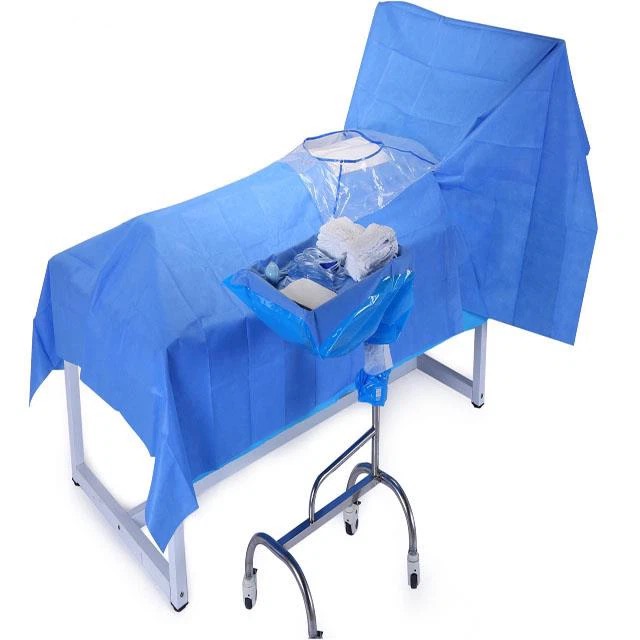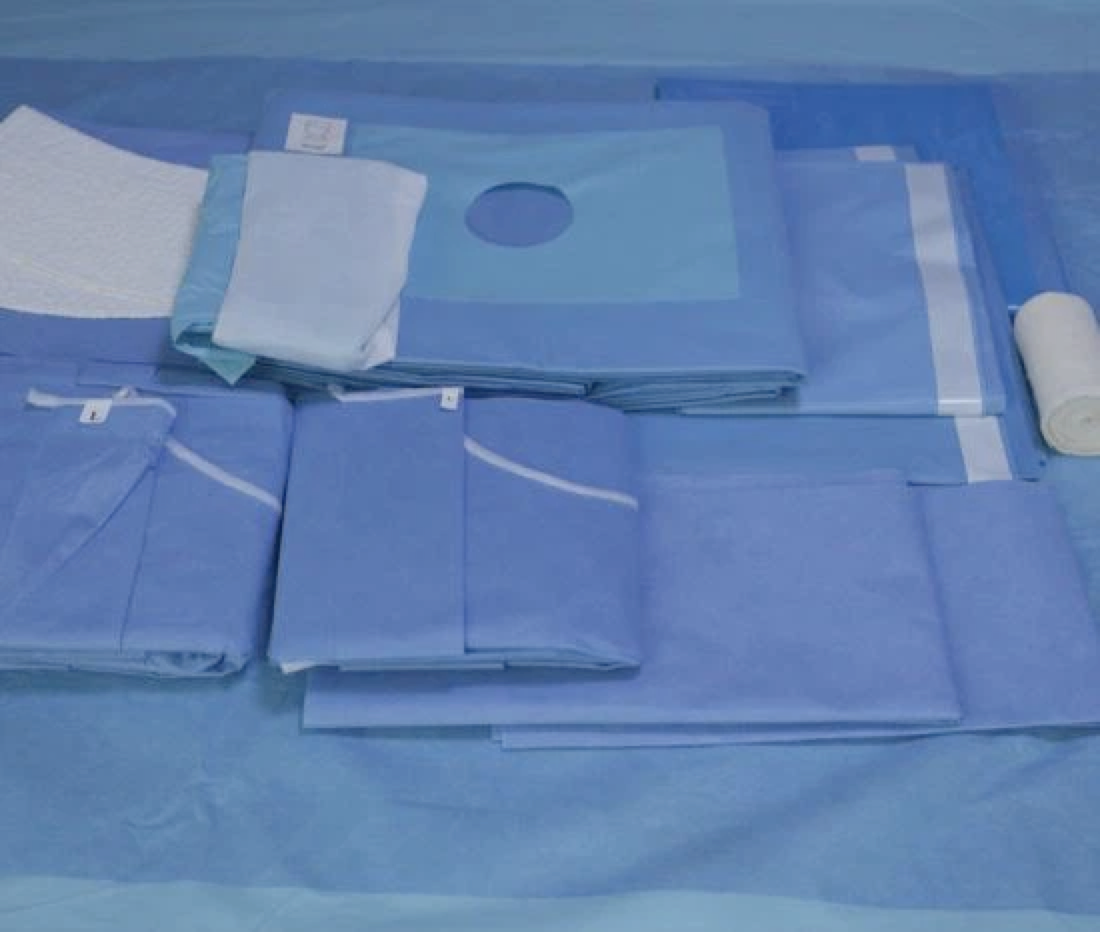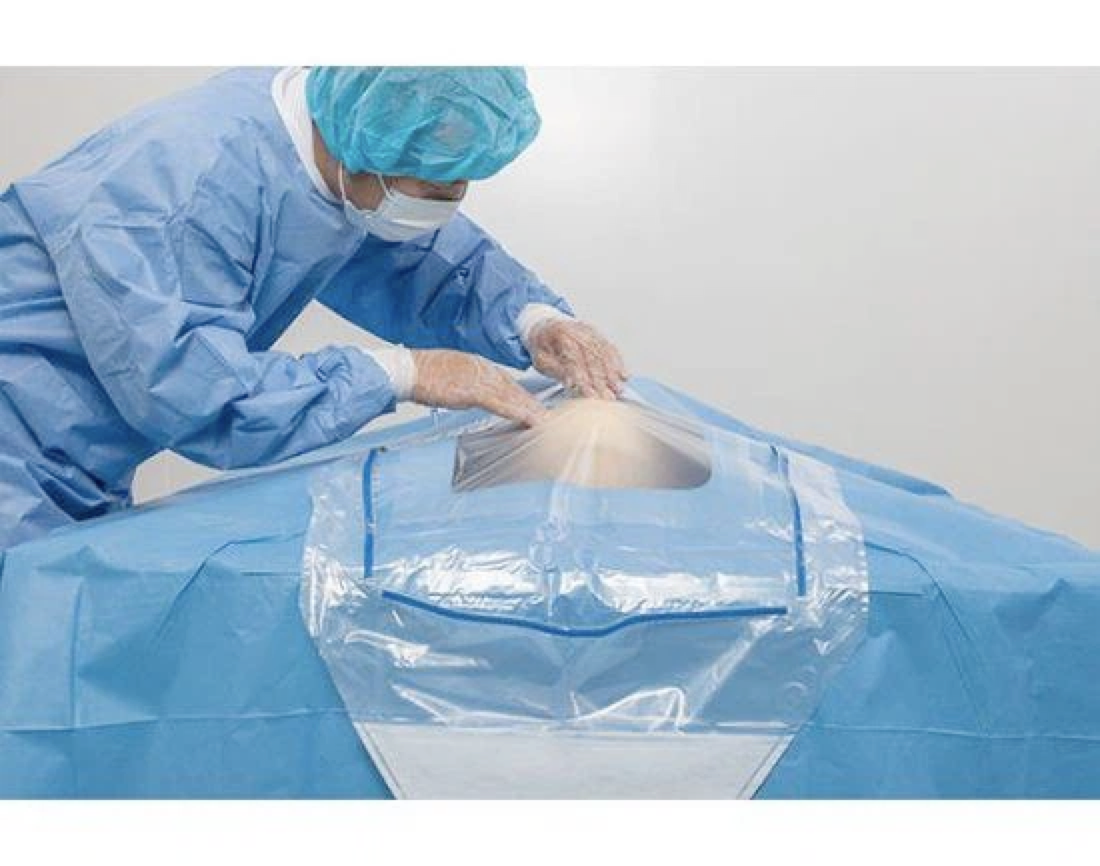During a recent robotic-assisted laparoscopic hysterectomy, the patient experienced significant blood loss and we had to urgently convert to open surgery. How do we ensure we are prepared for emergencies during robotic surgery?
Convening an interdisciplinary team, including travelling registered nurses, surgeons, anaesthetists, surgical technologists, service line coordinators and other stakeholders, to develop a standardised response to emergencies that occur during robotic surgery.
that the plan should include key emergency preparedness elements and describe activities to help team members prepare for these emergencies.
that emergencies that occur during robotic surgery can increase the complexity of managing the needs of robotic equipment; these emergencies can impede patient access and lead to serious patient injury if staff are not adequately trained in unlocking operations.
Components of a robotic emergency plan should address the 3 categories of factors that can lead to emergencies during robotic surgery: technical, surgical, and anaesthetic.
Technical factors are associated with equipment malfunctions and may include software errors, video imaging errors, or instrument malfunctions. These types of malfunctions do not always lead to emergencies, but they can result in interruption of surgery and conversion to open surgery, which can lead to serious consequences if it occurs during a critical phase of surgery.
Surgical factors that can lead to emergencies are often related to surgical complications and may be due to, for example, inadequate training of the staff operating the robotic system or lack of experience in managing robotic emergencies.
Anaesthetic emergencies are often caused by problems associated with maintaining the pneumoperitoneum or patient positioning.
A robotic emergency preparedness plan should include the following elements.
Patient assessment, including
Preoperative identification of the patient's risk of complications associated with minimally invasive surgery and
O intraoperative monitoring for signs and symptoms of injury or complications associated with robotic surgery; and
Perioperative team members conduct preoperative discussions to determine and validate the conversion to open
O availability of resources needed for surgery (e.g., soft goods, supplies, surgical instruments, medications, blood products, equipment); the
Instrumentation initiative to confirm availability of the following items
A robotic "spanner" to manually open robotic instrument jaws in the event of a technical failure and
o an instrument tray on a standby trolley for rapid conversion to open surgery.
Extended time-outs as a supplement to standard time-outs, including
in the event of an emergency
situations and when implementing emergency unlocking protocols, a brief review of each team member's responsibilities during the
checklists, which can reduce team members' reliance on memory and provide them with a systematic way to communicate in emergency situations; and
team education and training on robotic procedures and devices and how to recognise emergency situations (e.g. signs of gas embolism).





